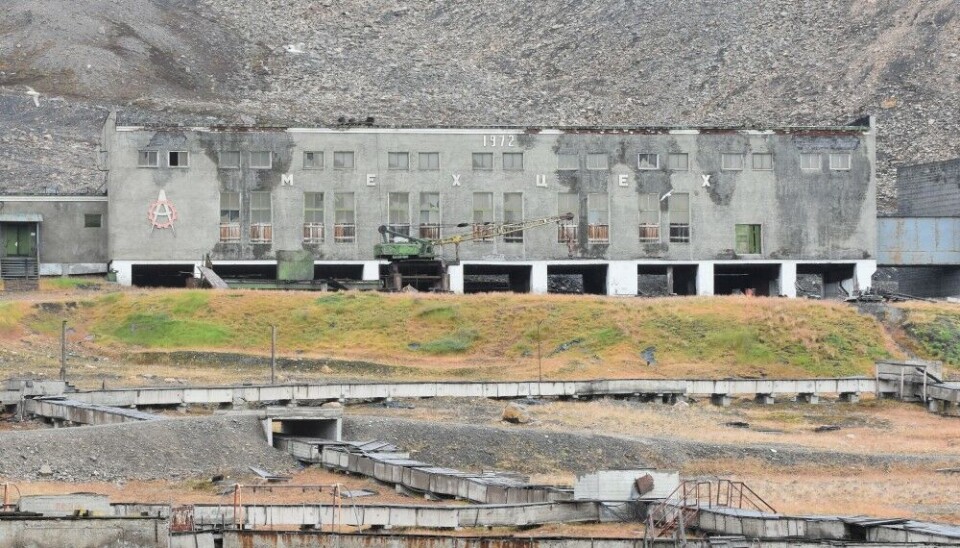
Thawing permafrost may release industrial pollutants at Arctic sites: study
There are thousands of contaminated sites in the Arctic, and as permafrost thaws, increased pollutants from these areas could be released, says a recent study.
“Traditionally, [permafrost has] also been considered a natural barrier that prevents the spread of pollutants,” said Moritz Langer, one of the authors and a researcher at the Alfred Wegener Institute, Helmholtz Centre for Polar and Marine Research (AWI), said.
“Consequently, industrial waste from defunct or active facilities was often simply left on-site, instead of investing the considerable effort and expense needed to remove it.”
The paper, “Thawing permafrost poses environmental threat to thousands of sites with legacy industrial contamination” appeared in the journal Nature Communications.
Climate affecting permafrost barriers
During the Cold War, industrial expansion took place across the Arctic, the researchers said.
Matter left behind ranged from mining debris to old military installations to toxic sludge from oil and gas exploration.
Some of this was poured into lakes, the authors said.
Permafrost was seen as both a stable and reliable foundation to build infrastructure as well as an effective bulwark against toxins and pollution from spreading.

“In many cases, the assumption was that the permafrost would reliably and permanently seal off these toxic substances, which meant there was no need for costly disposal efforts,” Guido Grosse, and author and researcher who also heads the AWI’s Permafrost Research Section, said in a news release.
“Today, this industrial legacy still lies buried in the permafrost or on its surface. The substances involved range from toxic diesel fuel to heavy metals and even radioactive waste.”
Thousands of potential sites
But as the climate warms in the North, and permafrost melts threatening both the integrity of the infrastructure and its ability to contain pollutants.
To do their paper, the researchers examined data from OpenStreetMap and from the Atlas of Population, Society and Economy in the Arctic. Using those sources, they identified 4,500 industrial sites either using or storing potentially harmful pollutants.
Outside of North America, the researchers were unable to access detailed information on the types of facilities or potential severity of environmental pollution they could create.
For Siberia, they had to rely on Russian media or other publicly available sources, the authors said.

The researchers then did computer modeling to determine that the facilities identified most likely resulted in between 13,000 and 20,000 contaminated sites. Of those, 3,500 to 5,200 are located on currently stable permafrost, although the researchers caution the data gaps mean the number could be much larger.
“These findings should be considered a rather conservative estimate,” Langer said.
Monitoring system
As international commercial interest in the North continues to increase, the researchers recommend more data collection and the development of a monitoring system for industrial activities in the Arctic.
“As a result, more and more industrial facilities are being constructed, which could also release toxic substances into nearby ecosystems,” the news release said.
“ Further, this is happening at a time when removing such environmental hazards is getting harder and harder – after all, doing so often requires vehicles and heavy gear, which can hardly be used on vulnerable tundra soils that are increasingly affected by thaw.”
Grosse says the unpredictability ahead requires a definitive strategy.
“In a nutshell, what we’re seeing here is a serious environmental problem that is sure to get worse,” he said.
This story is posted on The Barents Observer as part of Eye on the Arctic, a collaborative partnership between public and private circumpolar media organizations.













